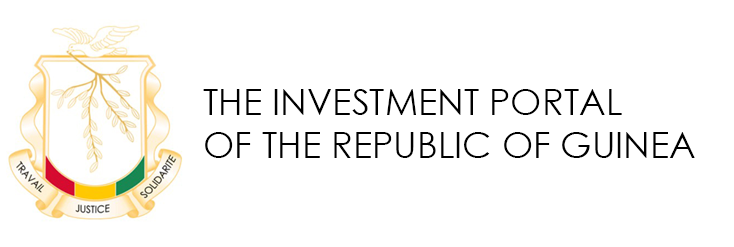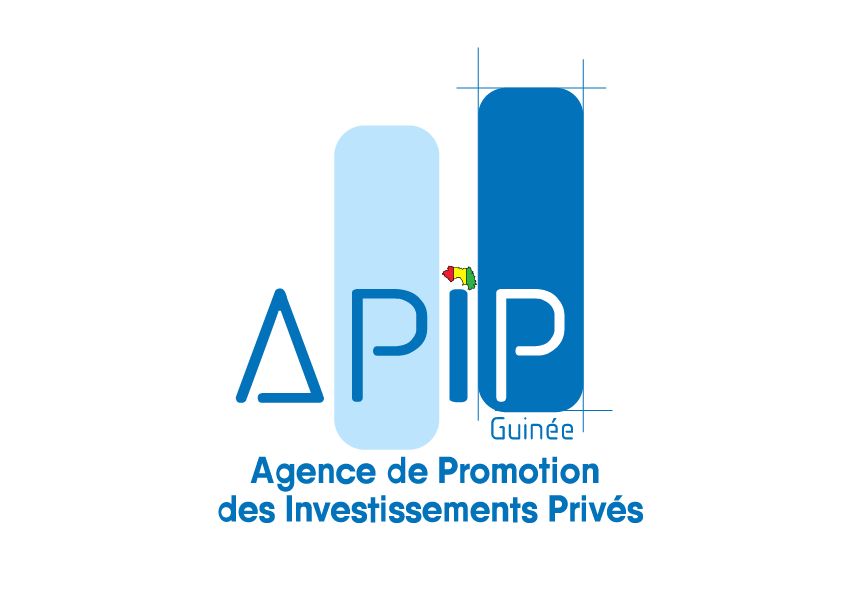PROGRAM OF STATE REFORM AND MODERNIZATION OF THE ADMINISTRATION
- BACKGROUND
With the advent of a new regime in November 2010 following free, fair and transparent elections, the new government inherited a difficult economic situation characterized by a state of collapse of the administration and state structures, and deep structural imbalances in state finances and macroeconomic parameters resulting in high level of debt owed by the State Treasury to the Central Bank. The social environment was meanwhile marked by deep poverty and deteriorated socio-economic living conditions.
These negative factors on socio-economic environment coupled with a long period of political instability and social unrest eventually undermined all spheres of government and the various components of the nation-state.
Thus, the improvement of governance was one of the priorities of the first government of the Third Republic. This necessarily implied significant implementation of Institutional and Sectorial Reforms, as well as State Reform as a whole and the modernization of public administration in order to make it an effective, efficient, and performance lever serving citizens and bolstering the country's development.
- OBJECTIVES OF PREMA
PREMA is dedicated to coordinating, adding impulse, monitoring and evaluating policies and reform programs and modernizing the Administration.
To this end, its objectives are to:
- Redefine and clarify the missions of the State;
- Strengthen the human resource capacity of the Guinean public administration;
- Deepen decentralization and strengthen the decentralization process;
- Streamline structures and public sector management standards;
- Strengthen coordination and efficiency of governmental work.
- AXES OF PREMA
- Administrative reorganization and institutional development;
- Public service reform;
- Economic and financial governance;
- Territorial governance and decentralization.
- PROCESS OF PREMA
- Validation of a Strategic Framework for Institutional Reform and Modernization of Public Administration held on 1 and 2 June 2011.
This strategic framework:
- Draws up an inventory of the major handicaps of the state to achieve the desired objectives;
- Makes a diagnosis of the main causes of failures of the state, problems, inadequacies and deficiencies that undermine the Administration;
- Defines the major strategic guidance of reforms to be implemented over a period of 5 years to remove handicaps;
- Sets objectives and nature of the reforms to be implemented, the fields of action, the extent and scope as well as the relevant target sectors;
- Defines the methodological approach of intervention and sets out division in implementation phases.
- Validation of a National Program for State Reform and Modernization of Administration 2012 - 2015 approved in November 2011.
This program:
- Aims the changeover to operationalize reforms, declining components of the strategic framework for priority action plan;
- Defines a methodological framework for the declination of initiatives reforms for detailed activities with logical frames;
- Effects division into phases, establishes a comprehensive planning, and evaluates the costs of reform initiatives.
- Validation of a plan to reform the Administration and the Public Service held on November 2014.
This plan:
- Defines the methodological framework for the operationalization of Phase 1 of the Strategic Framework for Institutional reforms;
- Plans reform actions intended to clarify the missions of the State and make public policies and missions coherent;
- Aims to streamline the missions and programs of institutions and departments;
- Aims to revise public administration and organizational structures operational standards;
- Aims to promote better administrative governance and develop a modern system of management of State human resources.
- REFORMS UNDERTAKEN IN 2014 – 2015
The following reforms were initiated in 2014-2015 at MFPREMA and are yet ongoing:
- Project of remediation of files from the Public Service and biometric census of staff;
- Installation project of electronic clocks in all ministries;
- Revision of statutory frameworks (Act L/029, L/028);
- Revision of salary scale for civil servants;
- Organizational audit of IGAP (General Inspectorate for Public Administration);
- The "Feminization and Rejuvenation of Administration" Project;
- Rationalization and reorganization of the PREMA institution;
- Rationalization and reorganization of the Ministries of Public Service, Budget Plan, Cooperation;
- Development and implementation of concerted and harmonized steering frames of the reforms;
- ENA Project (National School of Administration);
- The creation of the welfare, social security, and civil servants’ health and insurance institutions (CNPS and INAMO)
- PLANNED REFORMS FOR THE PERIOD 2015 – 2017
The implementation of reforms will be carried out through the following axes:
- Reform of the Public Administration;
- Reform of the Public Service;
- Promotion of administrative governance;
- Promotion of Information and Communications Technologies;
- Integration, harmonization and monitoring of the various administrative and sectorial reforms undertaken within the country;
- Supporting Local Governance and Decentralization;
- Supporting Economic and Financial Governance.


